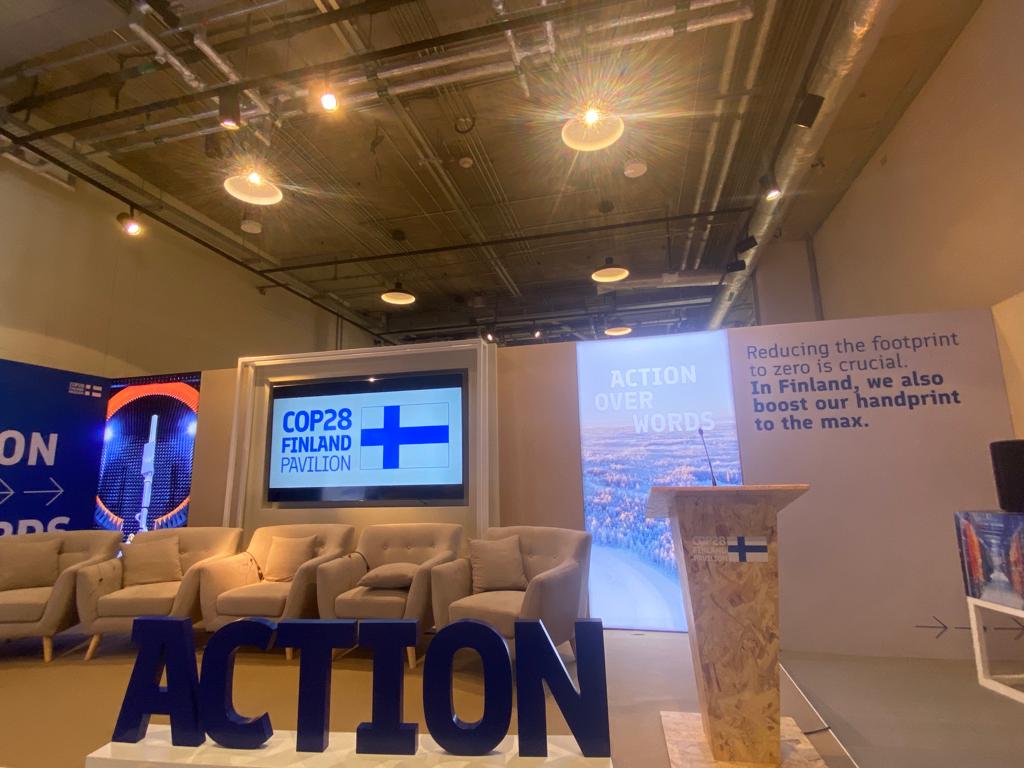by Zoraiz Zafar ’24
The COP28 conference marked a historic moment in the climate change dialogue, dedicating a day exclusively to ‘trade.’ This unprecedented focus reflects a growing understanding of trade’s integral role in addressing climate change. It represents a step forward in harmonizing economic and environmental objectives, acknowledging that global trade dynamics can significantly influence climate action.
A key discussion point among representatives from multinational development banks (MDBs), including the IMF, World Bank, and ADB, centered on the global expansion of Carbon Border Adjustment Mechanisms (CBAMs). CBAMs aim to equalize the cost of carbon emissions across borders, thereby preventing ‘carbon leakage’ – where companies relocate to countries with less stringent emissions regulations. Economically, CBAMs create a level playing field for businesses in nations with robust climate policies, preventing them from being undercut by cheaper imports from countries with lax environmental standards. Environmentally, they incentivize all nations to strengthen their climate policies, thus fostering a global move towards reduced emissions.
However, the application of CBAMs raises a few complex issues as well. The proposal by the Turkish Deputy Minister for the Environment at the Turkiye pavilion to selectively apply CBAM against Chinese imports, while exempting Western countries, illustrates the potential for geopolitical biases to skew these mechanisms. Such selective application could distort global trade, leading to accusations of protectionism and sparking international disputes. To mitigate these risks, implementing CBAMs at more localized levels could offer a solution, ensuring that they serve their environmental purpose without becoming tools of geopolitical strategy.
The Finland pavilion, featuring representatives from leading Finnish energy companies such as Gasgrid Finland, highlighted hydrogen power as a promising avenue for clean energy trade. Panelists discussed the potential of the Baltic region to significantly contribute to Europe’s energy needs through hydrogen power. Public-Private Partnerships (PPPs) in this domain are crucial. PPPs involve collaboration between government entities and private sector companies to finance, build, and operate projects that serve the public interest. In the context of hydrogen power, PPPs can help mitigate the economic risks associated with pioneering energy projects, making them more attractive to investors and accelerating their development.
However, challenges remain, particularly on the demand side. As pointed out by a McKinsey consultant also present on the panel, the current demand for hydrogen power does not match the potential supply growth. This imbalance, coupled with issues in energy transmission infrastructure, poses significant barriers to the widespread adoption of hydrogen as a clean energy source. Addressing these demand-side constraints is essential for the successful integration of hydrogen power into Europe’s energy mix.
In conclusion, the discussions at COP28 highlighted that while trade can be a powerful tool in the fight against climate change, it is not without its complexities. Addressing market inefficiencies and ensuring equitable and effective implementation of policies like CBAMs is crucial. Despite the challenges posed by entrenched interests and existing market structures, the potential for trade to drive significant environmental progress remains vast. As we continue to explore these new frontiers, the balance between economic innovation and environmental sustainability becomes increasingly vital.

